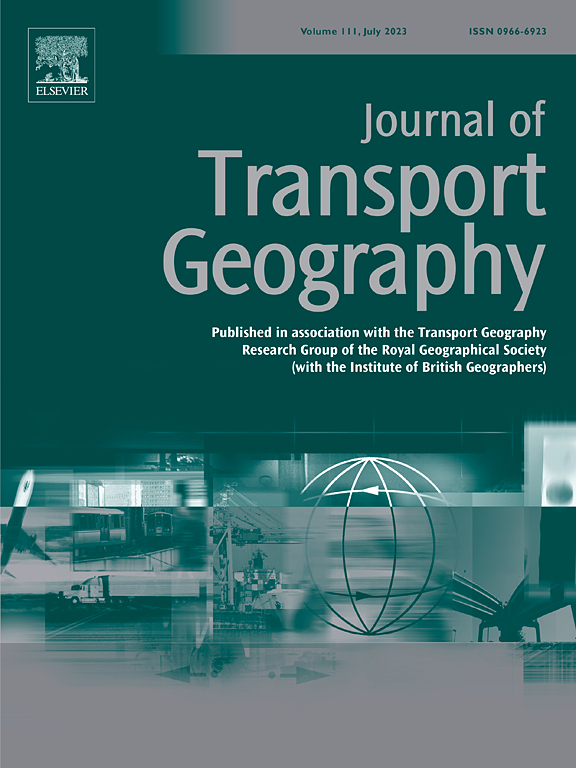Prediction of high-risk areas using the interpretable machine learning: Based on each determinant for the severity of pedestrian crashes
IF 5.7
2区 工程技术
Q1 ECONOMICS
引用次数: 0
Abstract
Despite the steady decline in the total number of pedestrian crashes in Korea, the pedestrian fatality rate per 100,000 people remains high compared to the Organization for Economic Cooperation and Development (OECD) average. As the data of traffic crashes is gradually accumulated every year, various machine learning methodologies are needed to analyze this data. This study proposed a new algorithmic approach using Local Interpretable Model-Agnostic Explanation (LIME) to identify vulnerable pedestrian crash areas based on each determinant influencing these severity in Seoul. Using the pedestrian crash data from 2016 to 2018, this study uses the XGBoost to model the determinants of pedestrian crash severity and LIME to predict high-risk areas for each determinant. A new algorithmic approach using LIME was proposed to enhance the reliability by filtering data based on an Explanation Fit (R2 ≥ 0.26), in reference to Cohen (1988). Upon synthesizing the results, Cheongnyangni Station and Gangnam Station in Seoul were predicted as vulnerable to severe pedestrian crashes due to the superposition of influencing variables considered in this study. In this study, the heatmap predictions derived from the proposed algorithm methodology provided insights into the vulnerable areas and non-linear determinants of pedestrian crash severity. Additionally, this study suggests policy implications aimed at reducing pedestrian crash severity and enhancing pedestrian safety.
使用可解释机器学习的高风险区域预测:基于行人碰撞严重程度的每个决定因素
虽然韩国的行人交通事故总数在持续减少,但与经济合作与发展组织(OECD)的平均水平相比,每10万人中行人的死亡率仍然很高。由于交通事故的数据每年都在逐渐积累,需要各种机器学习方法来分析这些数据。本研究提出了一种新的算法方法,使用局部可解释模型不可知论解释(LIME)来识别基于影响这些严重程度的每个决定因素的首尔脆弱行人碰撞区域。利用2016年至2018年的行人碰撞数据,本研究使用XGBoost对行人碰撞严重程度的决定因素进行建模,并使用LIME预测每个决定因素的高风险区域。参考Cohen(1988),提出了一种使用LIME的新算法方法,通过基于解释拟合(R2≥0.26)过滤数据来提高可靠性。综合结果,由于本研究中考虑的影响变量叠加,预测首尔清阳里站和江南站容易发生严重的行人碰撞。在这项研究中,从所提出的算法方法中得出的热图预测提供了对行人碰撞严重程度的脆弱区域和非线性决定因素的见解。此外,本研究还提出了旨在降低行人碰撞严重程度和提高行人安全的政策建议。
本文章由计算机程序翻译,如有差异,请以英文原文为准。
求助全文
约1分钟内获得全文
求助全文
来源期刊

Journal of Transport Geography
Multiple-
CiteScore
11.50
自引率
11.50%
发文量
197
期刊介绍:
A major resurgence has occurred in transport geography in the wake of political and policy changes, huge transport infrastructure projects and responses to urban traffic congestion. The Journal of Transport Geography provides a central focus for developments in this rapidly expanding sub-discipline.
 求助内容:
求助内容: 应助结果提醒方式:
应助结果提醒方式:


